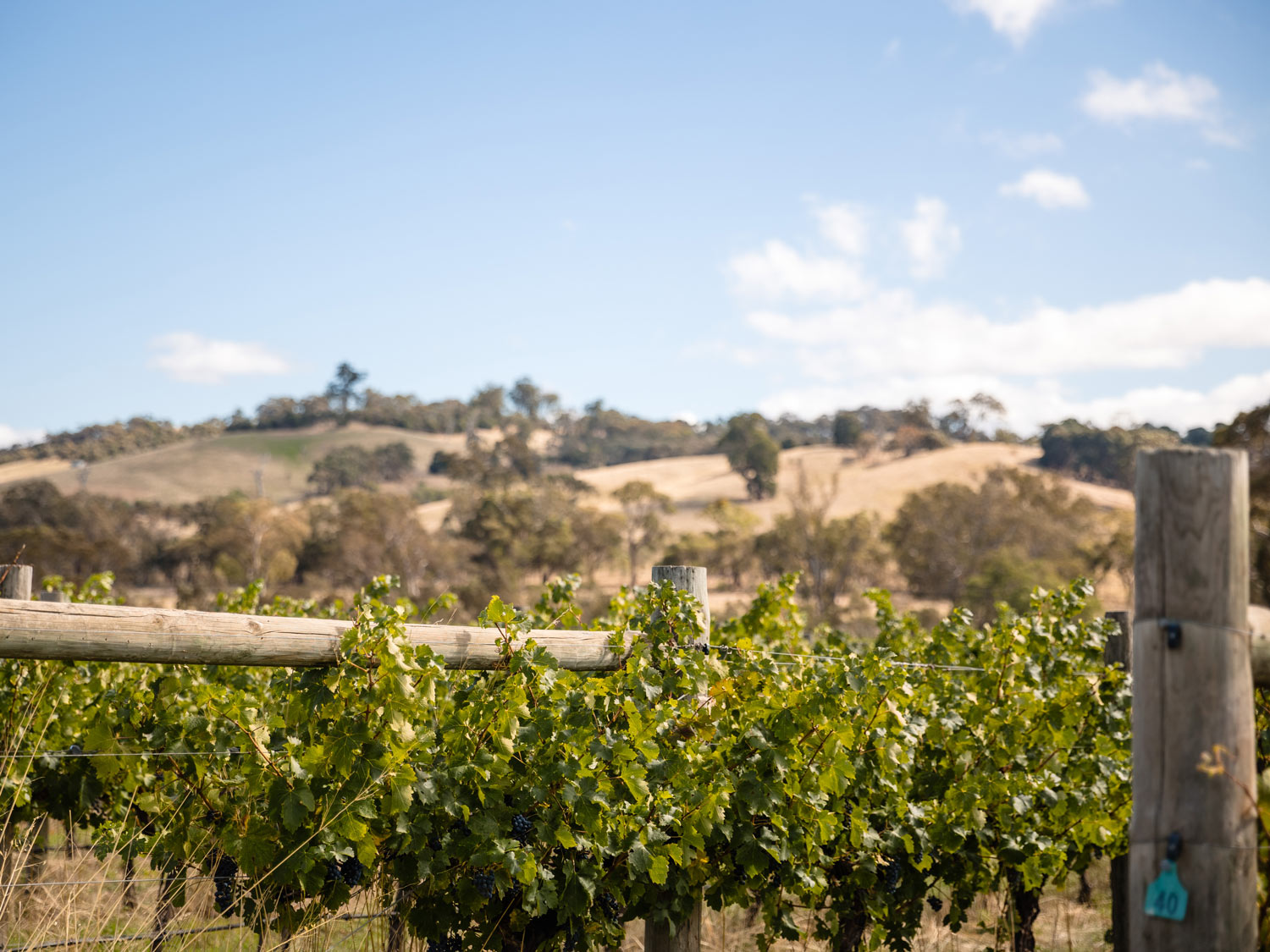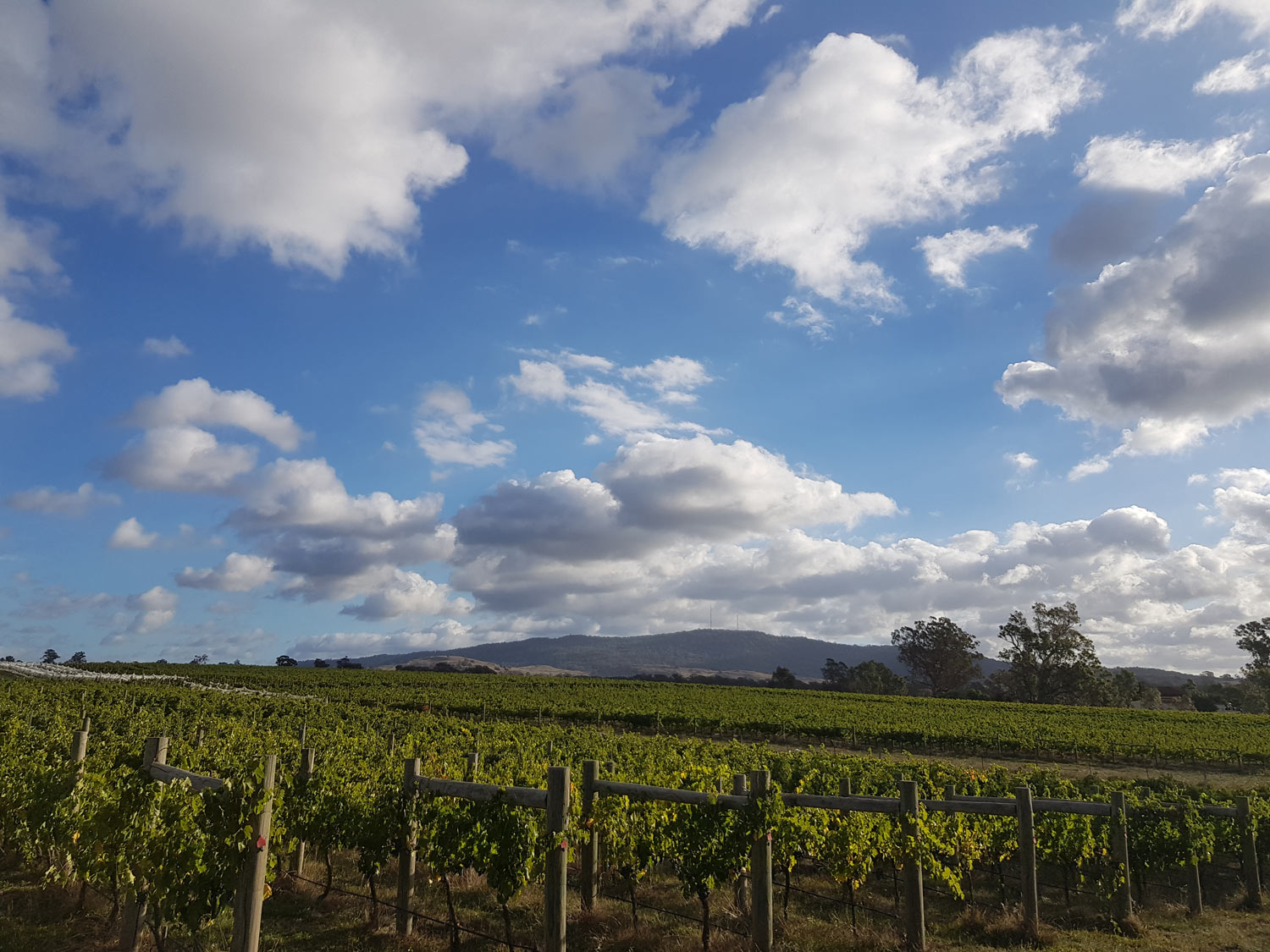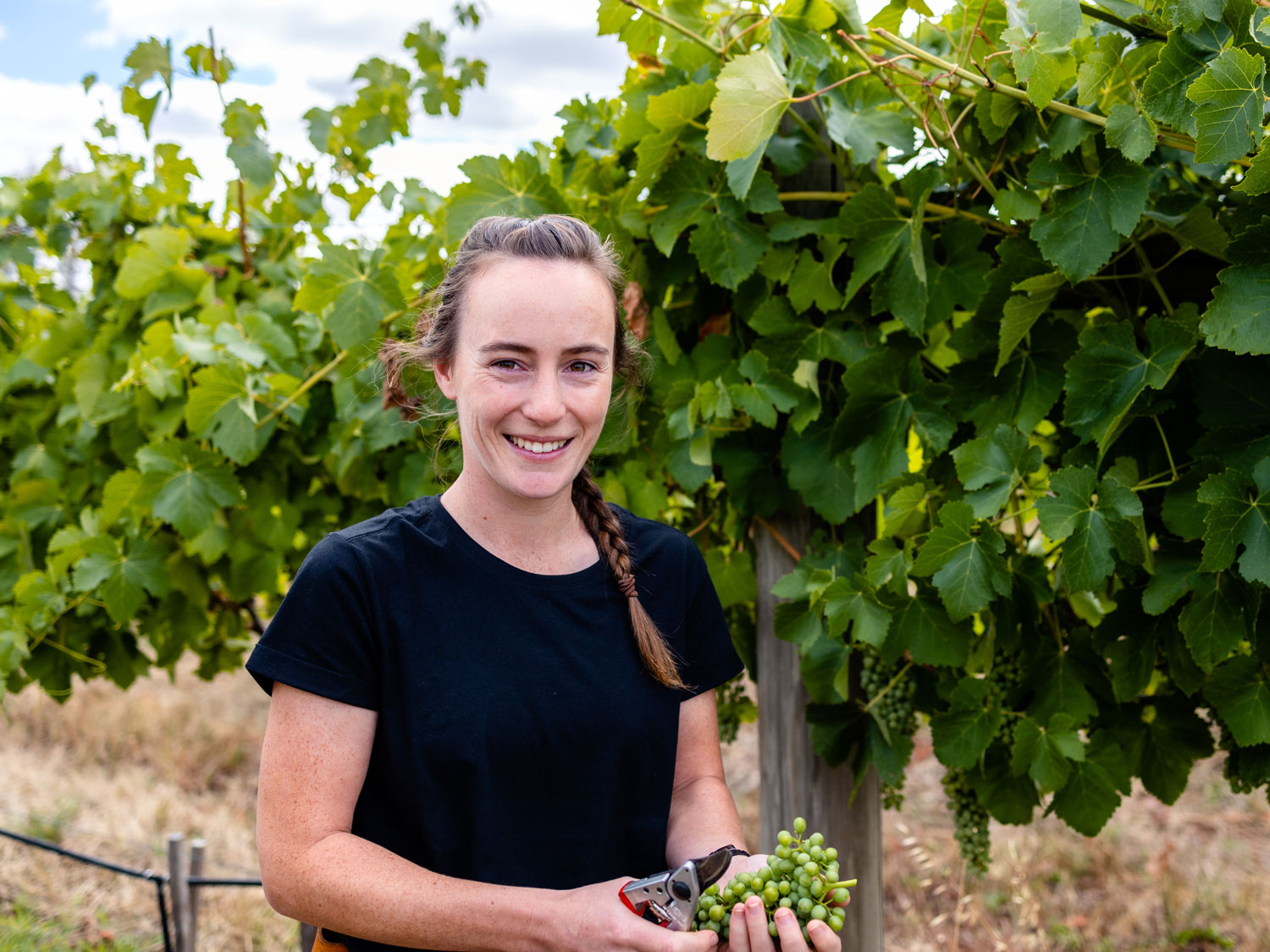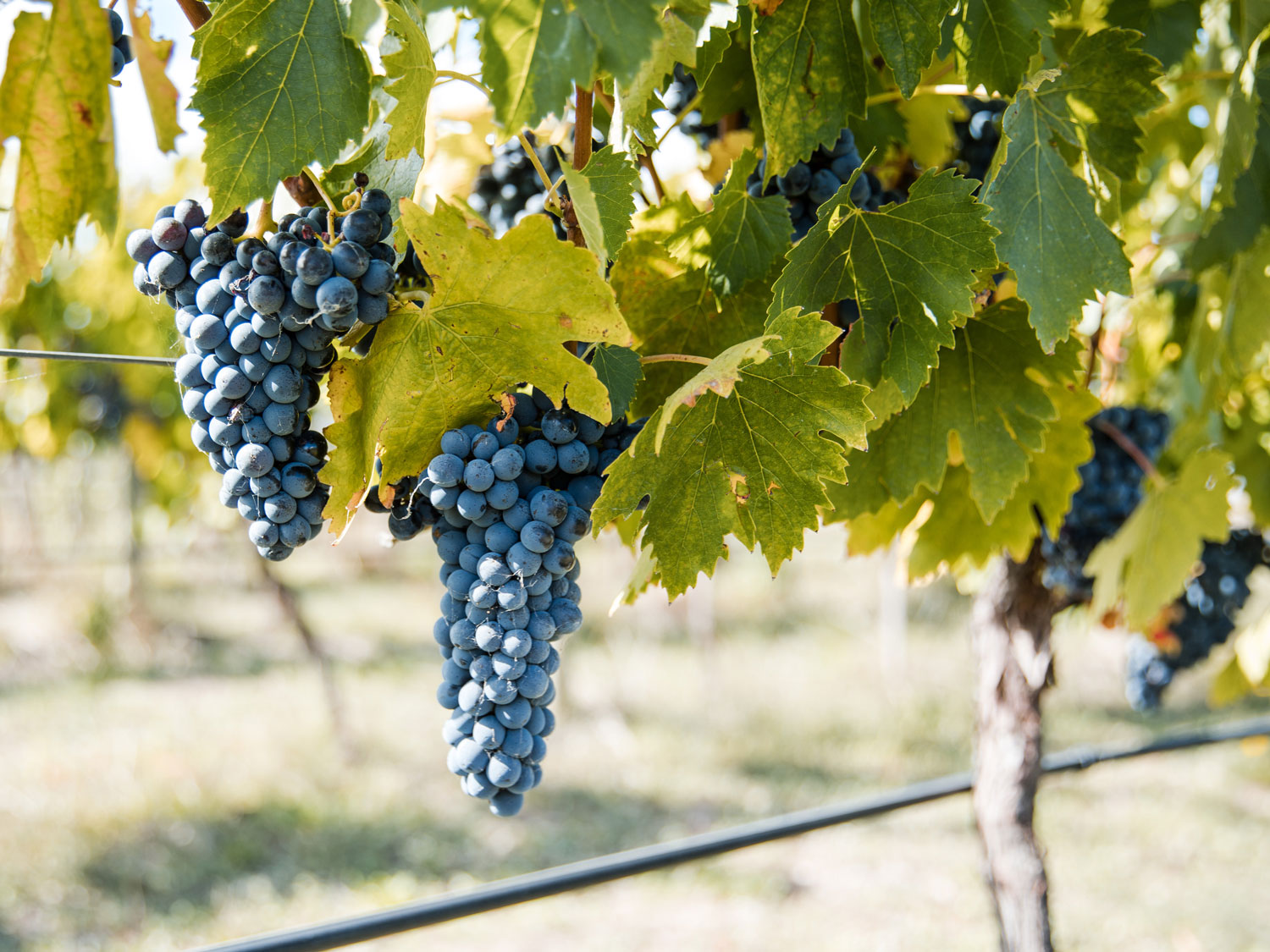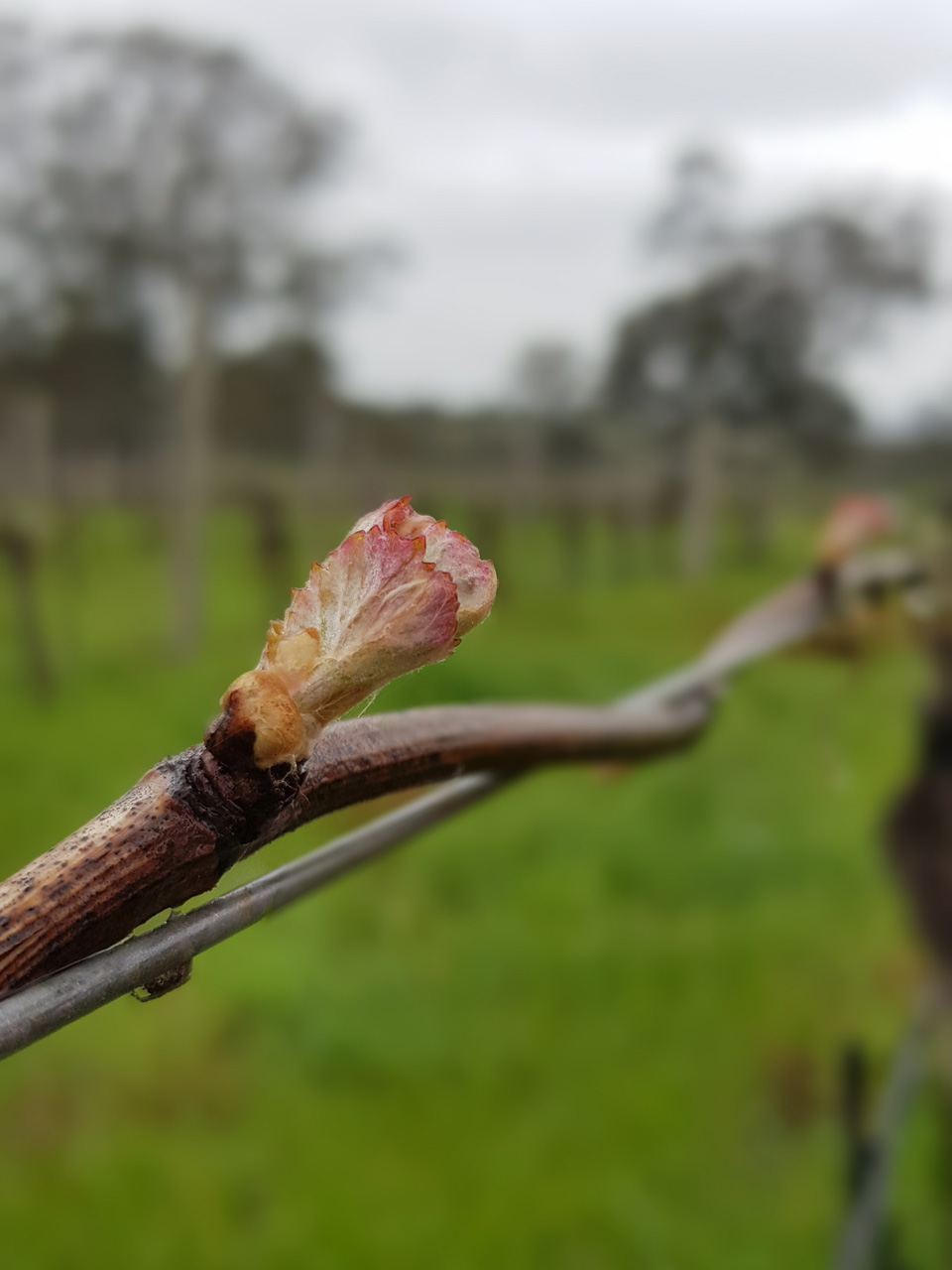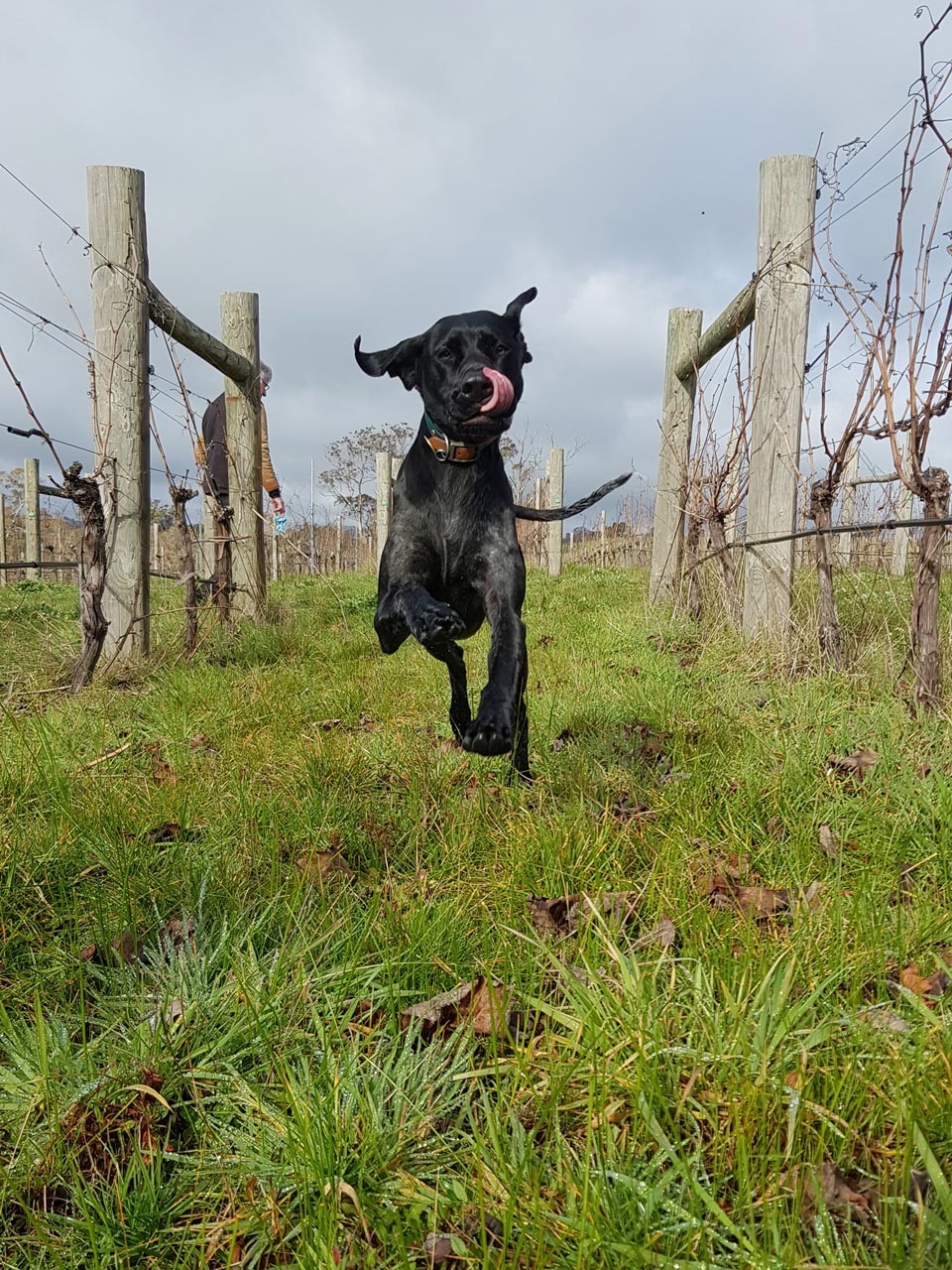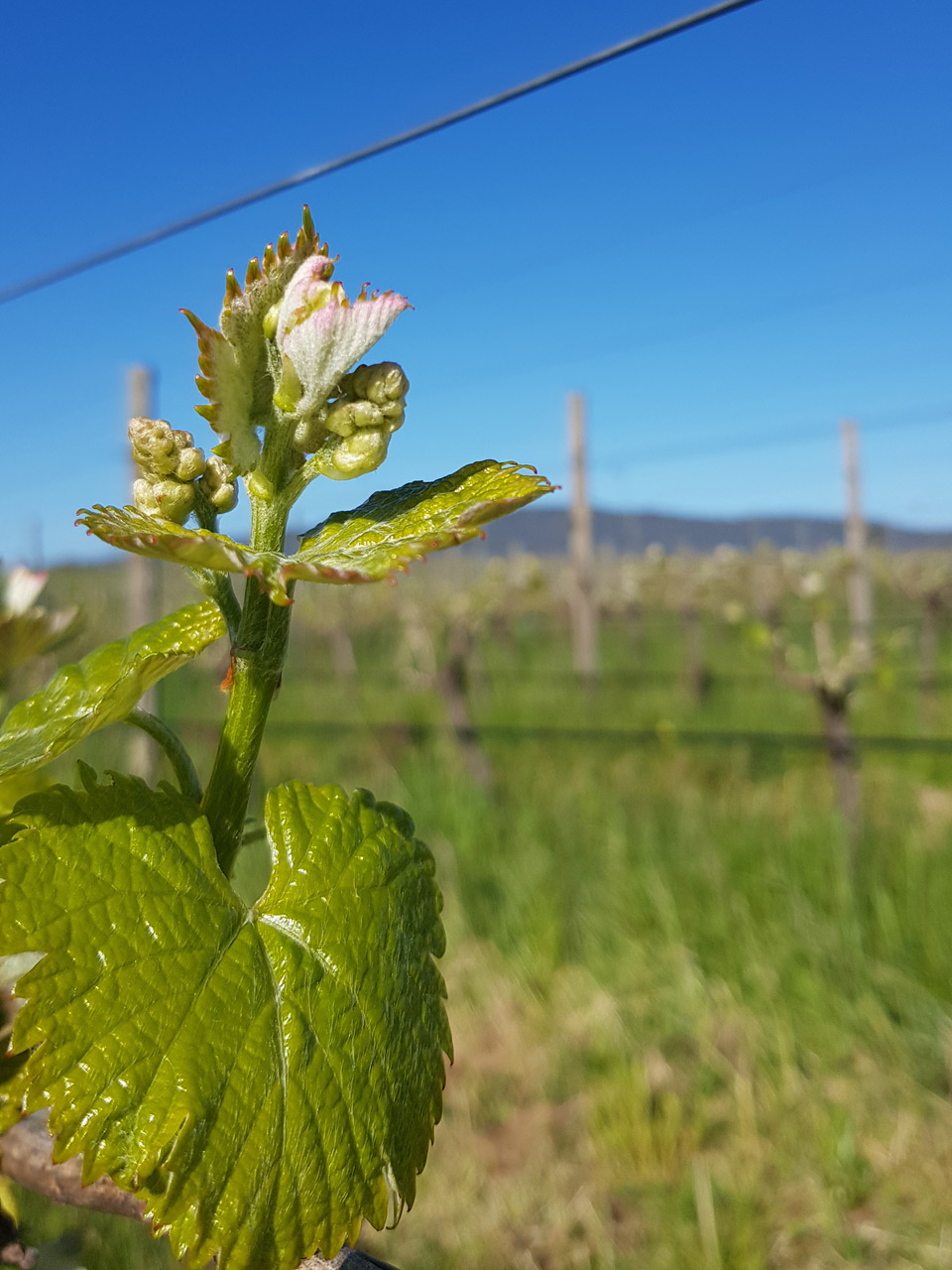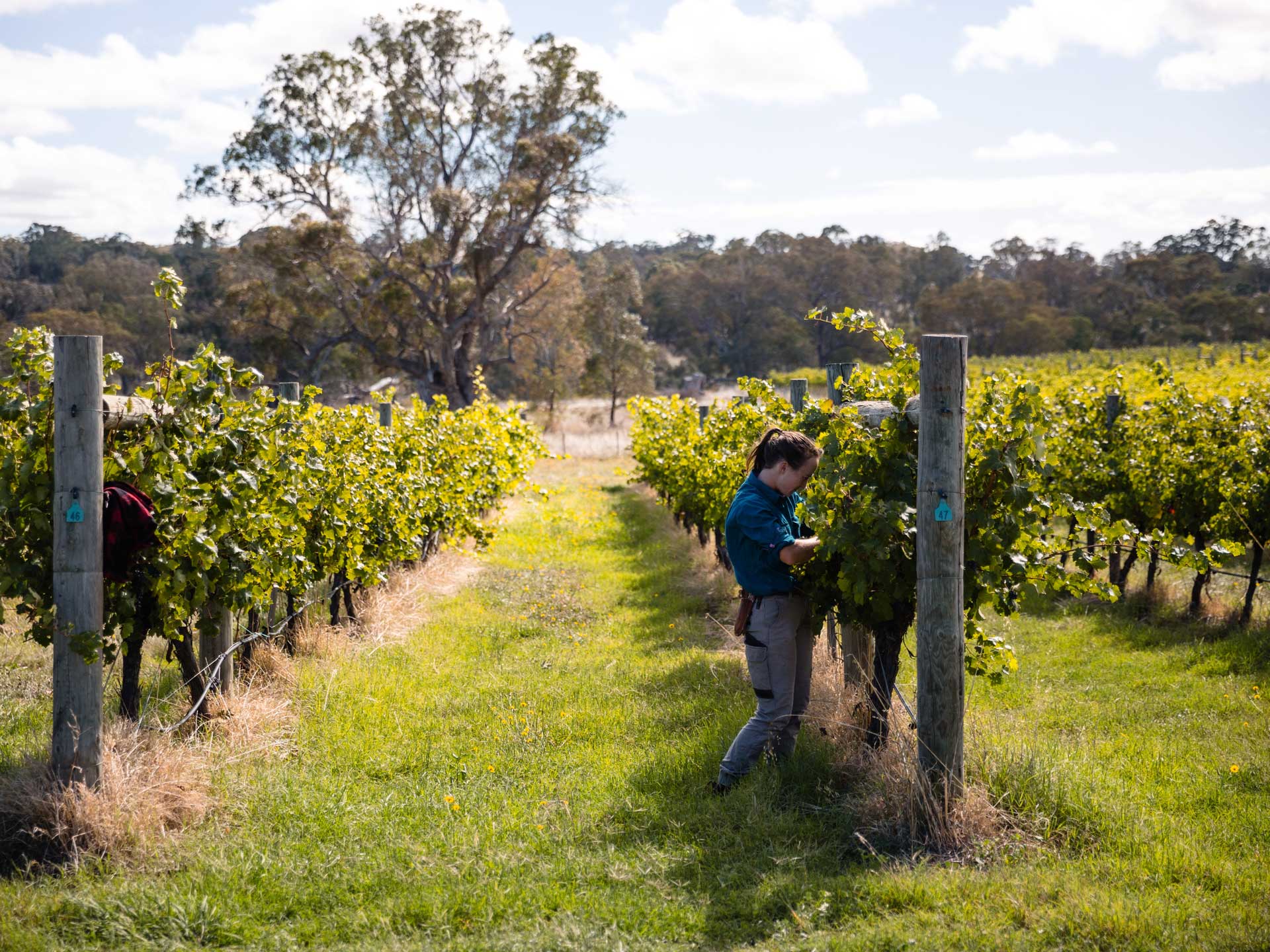The Sutton Grange Winery vineyard is a few years into its third decade, growing French and Italian varieties in the granitic soils that surround Mount Alexander. Those soils lend the wines a distinct character, which is enhanced by foundational sympathetic farming incorporating organic and biodynamic practices (not certified). The vineyard has the oldest aglianico vines in Australia, while Sutton Grange were also early adopters of fiano and have long flown the flag for elegant, mineral and spicy syrah. Today, the vineyard is managed by Sue Hamilton.
“Most of the Bendigo region is on sedimentary clay,” notes Hamilton, “but we’re in the foothills of Leanganook (Mt Alexander), which is igneous granite, so we see a softer, more fruit-driven character than most other sites. …We grow and make a different style to what the Bendigo and Heathcote regions historically have. What typically comes across in the wines is the retention of vibrancy and fresh character even in hot years, so something like our viognier can be refreshing but also complex and serious.”
The vineyard goes to making the premium Sutton Grange Estate wines as well as the more everyday Fairbank range. The latter suite is built on fresh, vibrant and varietal wines, while the former is crafted from selected parcels to express the pinnacle expression of the vineyard and variety in any given year.
Hamilton manages the vineyard on a daily basis, with Sharon Hebbard consulting. Hamilton notes that she is still part way through her viticulture course at Charles Sturt University. “I only started in this role in late 2020, and teaming up with Sharon as our consultant has been the perfect fit for us to reform the vineyard,” she says.
Admitting to feeling some pressure bearing the responsibility for managing the nearly 25-year-old vineyard, Hamilton notes that she also believes that caring for a 12.6-hectare vineyard is not something that one could or should do alone. “Having a trusting relationship with Sharon, who has years of experience under her belt, gives me the confidence to act in a best-practice way to benefit the vineyard, and we’re already starting to see the benefits of our program in the balance of the vines.”
“The uncertainty of what our future growing seasons will be like is daunting, but building health and capacity in our vineyards to withstand what’s coming is going to be the key to pushing through. As a community, vitis are also feeling the responsibility of playing our part in transitioning to more sustainable practices, because we’re up on the front line as the seasons get less and less predictable.”
The vineyard was first planted in 1998–99 with syrah, cabernet and merlot going into the ground. Viognier arrived in 2002, while sangiovese, fiano and aglianico were progressively planted from ’02 to ’06. Around the same time organic and biodynamic practices were introduced by then winemaker Gilles Lapalus. Those methods are still employed today, but neither practice is certified.
“Nothing here is taken at face value,” says Hamilton. “And the most important part of this process is to ask ourselves, ‘Why?’ So that’s about asking, ‘Why is this always the best block?’ just as much as ‘why does this section underperform?’ and adjusting our cultural practices to suit.”
As an example, Hamilton notes that a few areas of viognier and sangiovese were in steep decline, but a switch in pruning techniques has restored those vines. “I’m really proud of how our return to a Poussard pruning structure is starting to show greater balance and fruit quality in those areas,” she says. “Attention to detail and taking a vine-by-vine approach, and constantly learning as we go, is what will allow us to keep improving what is already an incredible site.”
“You really need to slow down and consider each vine’s needs and capabilities in the long term, not just for the season ahead. Some of the restructuring we’re doing means sacrificing some of that season’s crop, but when you come into the following season and feel more balance in those sections, you know you’ve done the right thing.”
That Poussard method is an old one, revived somewhat by the recent translation of a 1921 work by René Lafon. “In that Poussard-style method,” says Hamilton, “you really need to slow down and consider each vine’s needs and capabilities in the long term, not just for the season ahead. Some of the restructuring we’re doing means sacrificing some of that season’s crop, but when you come into the following season and feel more balance in those sections, you know you’ve done the right thing.”
Hamilton judges her successes by following the fruit right into the winery, with parcels of differently managed blocks fermented separately. That means she sees them from the vineyard right through to the bottle. “Being able to do this gives us a better understanding of what the vineyard can give us, and more importantly what we can change or carry on with to best benefit the site and capture that sense of place. It also makes me a better grower, because I have that experience of knowing what shows up in the glass and its reflection on the vineyard.”
Sutton Grange was one of the first vineyards in the country to plant aglianico, now possessing the oldest vines in Australia. “Aglianico and fiano really shine in the hot, dry years, as both varieties have pretty low water needs,” says Hamilton. “They’re quite at home on volcanic soil, which is spread throughout their native Campania, and they bring some really unique expressions of the region.”
Those sandy granitic soils work in Hamilton’s favour, but she notes there are challenges as well. “The soils drain faster than the clays, so water penetrates quickly to the root zone of the vines, but there’s a balancing act there, too. Granite soils hold nutrients less effectively than clay and dry out faster, so retaining structure and soil organic matter is a core focus for us.”
That focus has just seen a review of their under-vine care program, with new equipment arriving soon to use a mix of mowing and cultivation. That program will also grow into implementing under-vine co-planting and cover cropping over the next few years to boost organic matter and nutrient density. “A bottom-up approach to improve structure and retain organic matter has that knock-on effect of improved biodiversity, water retention and ultimately vine health for the longevity of the vineyard,” says Hamilton.
One thing they haven’t lacked of late is water, she adds. “The last couple of years have been about battling excessive rain and cool temperatures more than heat, so we’ve adapted canopy management with more manual manipulation like extra shoot thinning, bunch thinning and canopy trimming to get air in and help everything ripen. Each block and variety need something a little different, so we have to be constantly learning and adapting.”
That adaption is especially critical with the brace of cool and wet years no doubt headed for a reversal. “The uncertainty of what our future growing seasons will be like is daunting, but building health and capacity in our vineyards to withstand what’s coming is going to be the key to pushing through. As a community, vitis are also feeling the responsibility of playing our part in transitioning to more sustainable practices, because we’re up on the front line as the seasons get less and less predictable.”
With a creek running through the property and a dam, there is a degree of insulation against drought, but it also serves as inspiration. “It attracts all sorts of wildlife and flows into Myrtle Creek and the Campaspe catchment,” says Hamilton. “When you get to watch spoonbills and kingfishers doing their thing, you can’t help but be reminded that our little patch is part of something much bigger, and our actions impact more than just the vines. In the coming years our revegetation will focus on replacing European ornamental trees with natives and creating shelter areas for local birds and lizards.”
While Hamilton may be at the start of her viticultural journey, there’s no doubt she’s right where she wants to be. “I love everything here! Every day brings something new to do and to learn, and you never sit still – you can’t afford to in a place like this growing premium fruit. This is an amazing vineyard, but the challenge to keep building and improving what we do and how we do it drives all of us. We’re a tiny team, but we’re passionate and close-knit. Our sense of pride in each other and this place adds the extra momentum to perform and help each other out, because at the end of the day we’re all in this together.”

